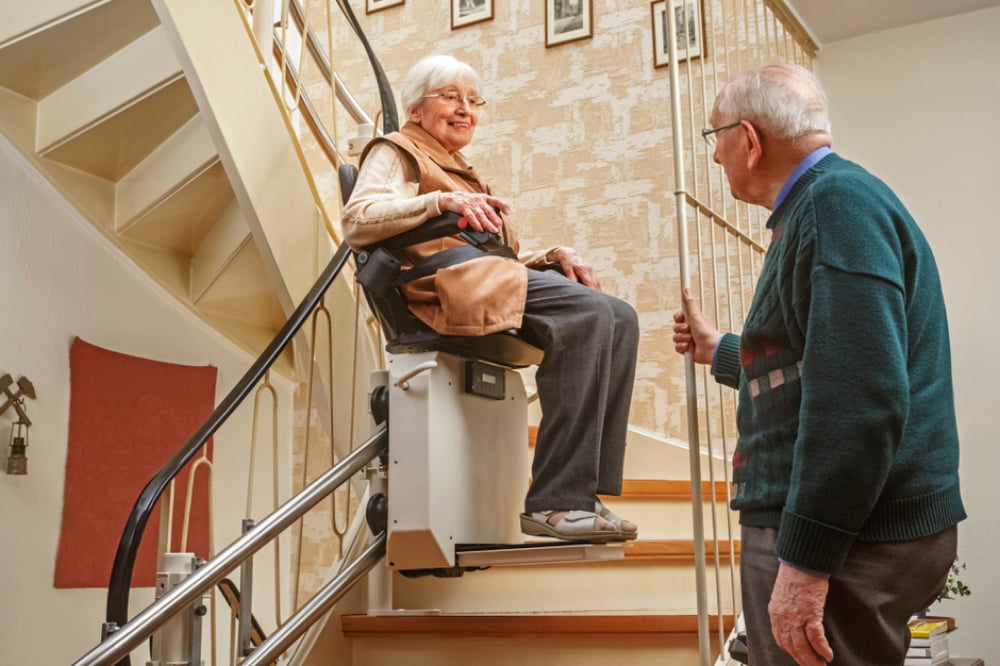
Stairlifts – Types, benefits, and drawbacks
Stairlifts are reliable, convenient, and safe solutions for those who experience difficulty getting up the stairs. Also known as chair lifts, these are motorized devices lifting those who want to navigate different floors with a push of a button. A key accessibility aid, stairlifts can restore the independence to move, helping older adults and those with mobility issues go up and down the stairs. The devices can be installed inside or outside homes.
Purpose
For those with mobility issues, stairs can be a significant obstacle in carrying out daily activities. Here’s where stairlifts come in. They eliminate the need for strenuous physical exertion to go up and down the stairs and can be operated easily with just a push of a button. In particular, this is a handy solution for people with limited mobility or conditions such as arthritis. Further, stairlifts are a safe and secure means of transportation, being equipped with features such as seatbelts, swivel seats, and smooth start-stop mechanisms. What’s more? Stairlifts can help reduce the apprehension associated with using stairs.
Types
Here are a few types of stairlifts available today, each designed to cater to specific needs and preferences.
Straight stairlifts: These are designed for use on straight flights of stairs that have no turns or curves in the design. They consist of a motorized chair mounted onto an aluminum track that runs along one side of the staircase from top to bottom. The user sits in the chair while it moves up and down at a steady speed controlled by either buttons or a joystick, depending on the model chosen. This type of lift is usually more affordable than other models, as its simple design calls for a straightforward installation process.
Curved stairlifts: These differ from straight stairlifts, as they require custom-made tracks that follow each curve and turn along the staircase. The chairs here also feature swiveling seats, enabling easier access when getting off.
Standing stairlifts: This type is ideal for those who are unable to sit when being transported to a different floor. These units are equipped with handrails to provide stability to users standing upright throughout the trip.
Outdoor stairlifts: As the name suggests, these stairlifts are designed for outdoor use. They are built with weather-resistant materials, making them perfect for those with outdoor steps near the entrances or those leading to the yard.
Pros and cons
Here are a few pros and cons of stairlifts to help one make an informed decision while getting one:
Pros:
Greater accessibility: Stairlifts make navigating stairs much easier and safer than traditional aids like handrails or ramps. This makes them ideal for anyone experiencing difficulty climbing stairs due to factors like age, disability, or injury.
Higher independence: When a stairlift is installed in a home, occupants with mobility issues have higher freedom to move, as they do not have to rely on others to go up and down the stairs.
Easy installation: Most modern stairlifts can be installed without the need for extensive remodeling or modifications to the existing staircase structure.
Cons:
Costly upfront investment: While prices vary depending on the type, size, and features, a stairlift can be an expensive device.
Limited space: Depending on how wide or narrow the staircase is, a stairlift may take up a lot of room on the staircase.




